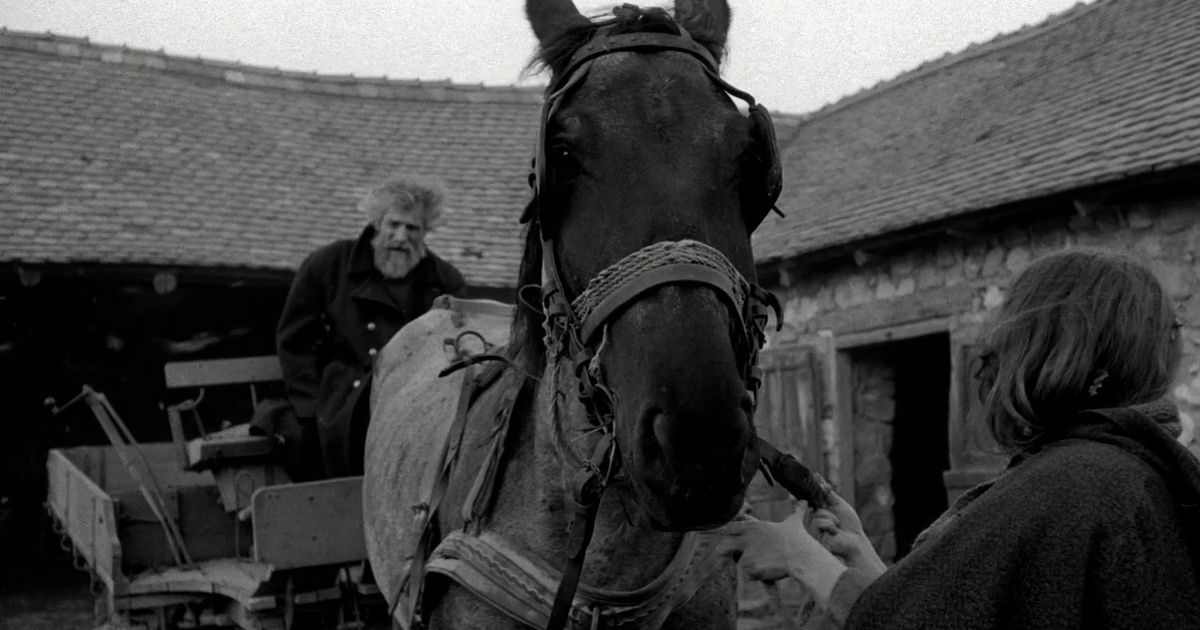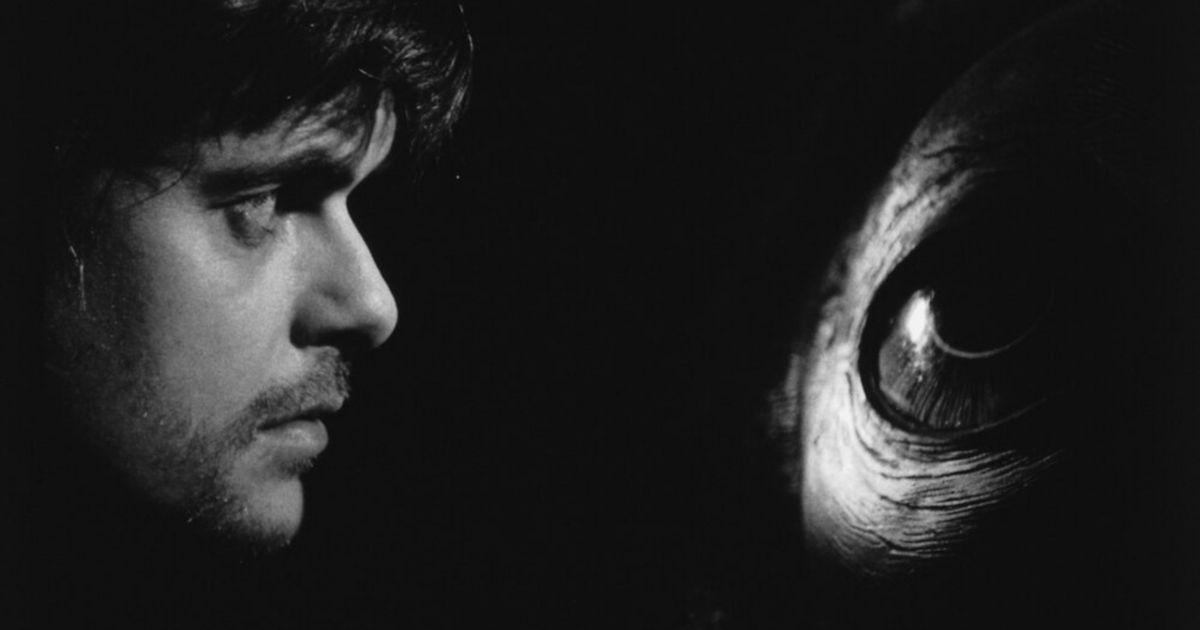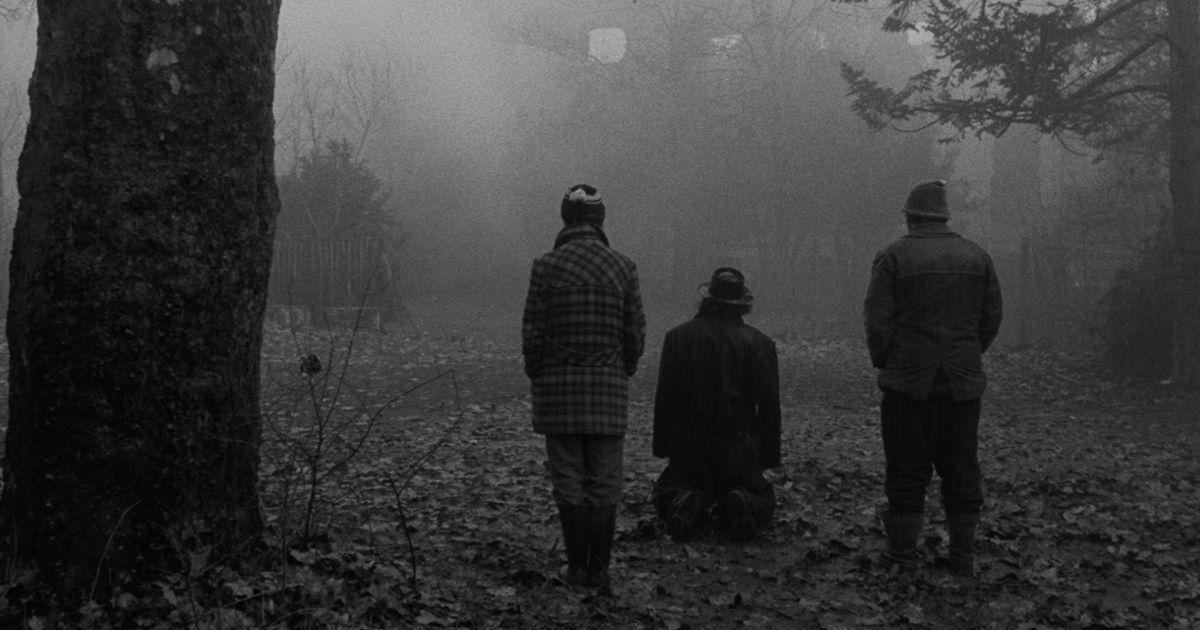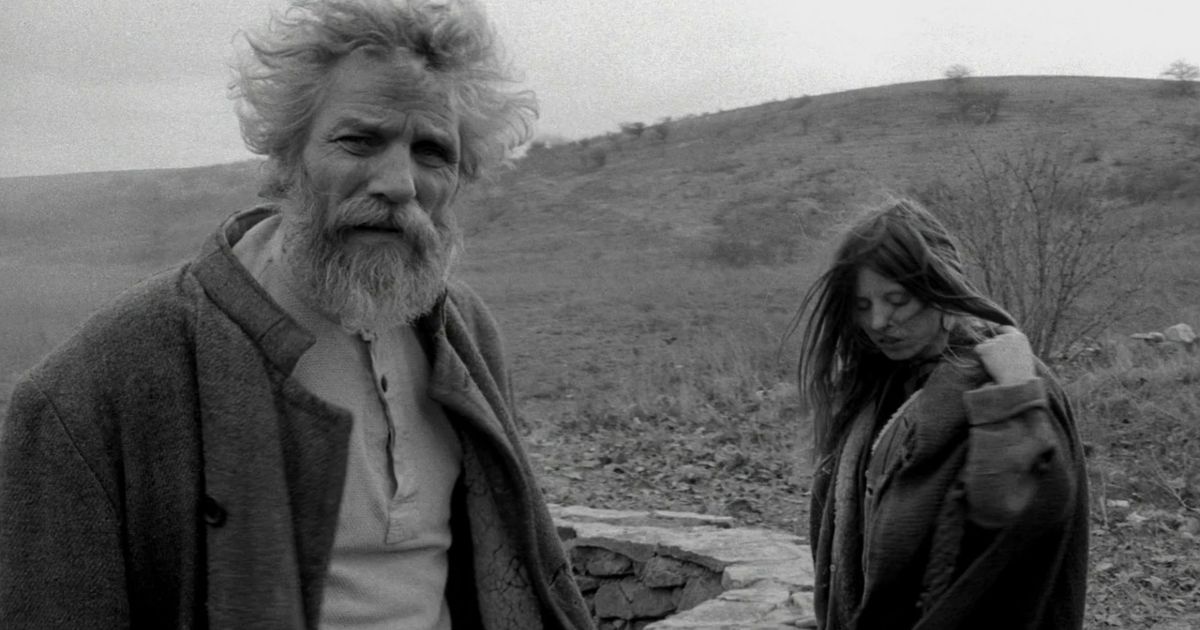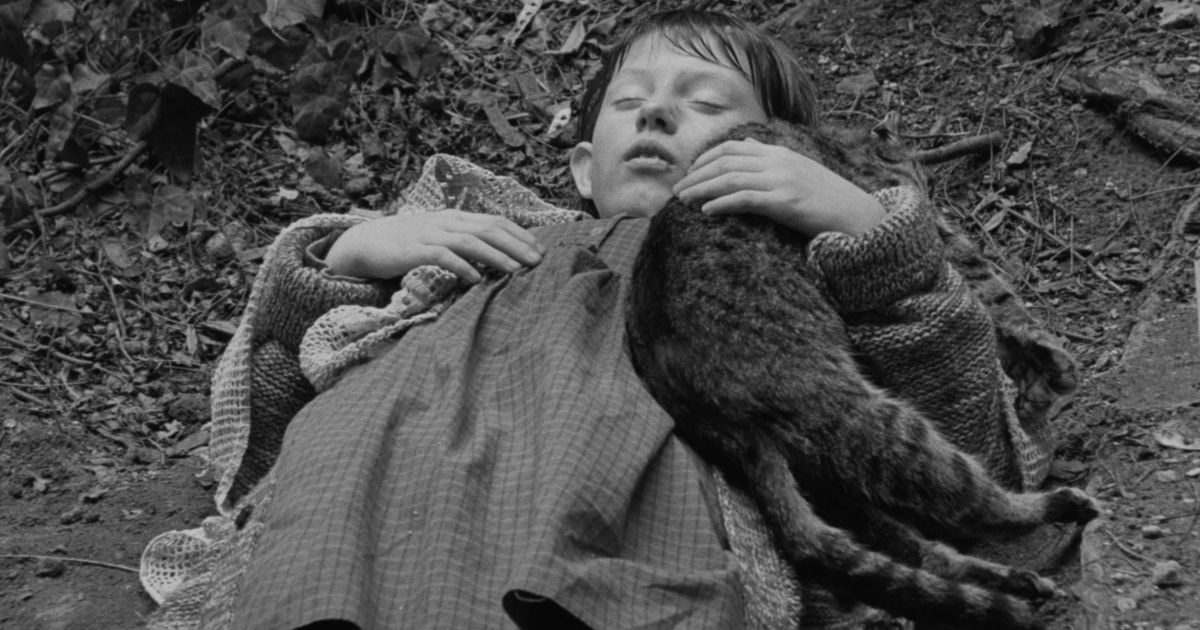It is easy to install Bela Tarr as a pessimist. The now-retired Hungarian filmmaker is known for his films that have been described as having a bleak, defeatist and cynical view of humanity characterized by very long shots, black and white cinematography and apocalyptic undertones. His cinematic language is as radical as it is intimidating and demands a different approach from audiences and critics than conventionally made films.
The seven-hour once-in-a-lifetime movie that Tarr is best known for, Satantango, requires most of the day to be lived from beginning to end. His last before retirement, Turin horse, although shorter (two hours and twenty-six minutes) averaged 300 seconds per frame. You might wonder why anyone would ever go so far as to portray the demise of human life and hope. Why is everything doomed? And beyond these complex emotions, there is something even more valuable and difficult to grasp that makes Tarr’s films something beyond death and doom.
His films depict the collapse of life
The main focus of his films are worlds deteriorating to a point of no return, and those trapped helpless in them. These are usually old or rural spaces that seem to be falling apart rather than rising. From the barely stable houses and farm Satantango And Turin horseinto the broken and neglected spaces respectively Werckmeister Harmonies And damnationthey all share the same existential enclosing condition.
Despite the anger and attempts to plan for a better life for those within them, these efforts become futile due to the movements and changes of life, leaving them extremely vulnerable to life. The decline is not only present in the characters, but in every aspect of the world. Tarr uses visual queues and metaphors to make you feel like you’re right in the thick of it. The brilliant and patient camerawork takes the audience into the physical and emotional reality of a world falling apart.
The themes in his films
Those who inhabit these worlds share a kind of unspoken frustration and potential anger about the situations they face. This disappointment is not presented in the traditional existential way that many filmmakers fall for. Long takes and complex human dilemmas are usually part of filmmakers who deal with transcendental and esoteric themes, such as Terrence Malick, Robert Bresson or Ingmar Bergman.
Tarr should not be confused with this group, as the existence of God is nowhere to be seen in his films. His characters do not suffer from a crisis of faith and seem to yearn for hope, but cannot quite get it. This lost hope is the fuel of their despair, as they reflect their disconnection from any kind of optimism about their future and their isolation in a physical world that will soon tear them apart.
He asks questions without answers
Films that present spiritual crisis as the core of a human crisis raise questions that are sometimes answered unanswered or ambiguously. Tarr’s films offer none. They are not looking for any major meaning of existence as their point of view is to present the lives of those who are vulnerable to the cruelty of the world in a way that their confusion and grief at the cruelty of life are shared by public. The filmmaker invites the viewer to understand the pain of not knowing, of not finding meaning in everyday events, but he does not present it as a masochistic event. Here it is presented as a call to see the most important aspect of his work.
He takes his time
At this point it is clear that Béla Tarr is taking his time, but why? By making these long takes, he forces us to see how lives unfold. This whole process of decay that his characters experience leads to an endpoint where humanity is absolutely naked in the face of complexity. It is in that moment of absolute vulnerability that the most important aspect of his work emerges. Human dignity is the trunk of human existence, the last thing that remains after destruction, and the only thing that we humans can control.
To reach this end point, one must count on patience and time, which is exactly what his films are about. For Tarr, time is the transcendental factor that allows the moments between the plot to have a weight of their own and show a part of the human experience that exists beyond words, only in feelings. These in-between moments move the plot forward and are enhanced by the amount of time devoted to it. The heavy emphasis placed on it sets a Béla Tarr film apart from all others. It is this kind of emotional depth, one that is necessary to properly understand the dignity and essence of others and to feel empathy.
His interpretations of Doom and Hope
Tarr may be the best filmmaker when it comes to interpreting decay, but he is also the greatest champion of human self-esteem, which he understands as the basic component of our existence. In recent years, he has lamented the state of the world and felt saddened by it. He also resents people and critics who categorize his films as “prophetic” since he never intended to prophesy anything or preach any particular view of life. He has also hit back at those who called him “cynical” or “mystic.” His work may seem so to those who can’t see past the stark prospects and unhurried pace, but for those willing to immerse themselves in the worlds of Béla Tarr, there’s a great reward.
In the face of a meaningless existence, and a society on the brink of collapse, there are people who deserve time, respect and dignity. By spending time with them, only then can one truly feel the impending doom and horror of those living on the margins of society, but also feel an intense empathy that leads to the ability to understand a small part of the understand and heal disconnection from the world. .

